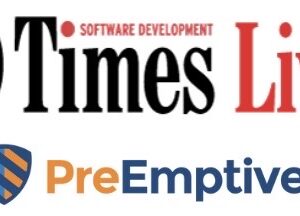Whether you’ve been working successfully on your continuous integration (CI) infrastructure for some time or are just starting to build it out, you have realized the power of CI and are enabling your teams to be successful by implementing, administering, and sharing this powerful tool with the masses.
Fast forward to 3:00 AM on a Sunday morning… your phone is ringing…and your CI solution is down. Now what?!
The number one reason this type of scenario happens is due to monolithic controllers. This whitepaper is designed to help you understand and identify red flags to prevent you from creating these monolithic controllers.
Among what you’ll learn:
Download this whitepaper so you don’t get caught on the long, scary “monolithic” road!
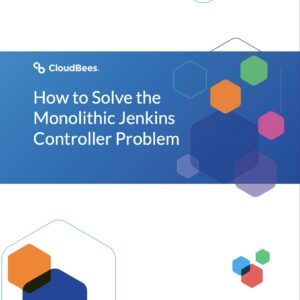
Security is inherently more expensive if organizations find vulnerabilities after deployment, rather than incorporated into the lifecycle via security assurance (SA). If security isn’t incorporated early and often, major consequences could happen, such as:
This whitepaper will show you how and where to seamlessly integrate security throughout the entire development lifecycle, without having to slow app development teams down.

How do you scale your testing to realize the full value of DevOps? In this session, Ethan Chung, Solutions Architect Manager at Keysight Technologies, will show how to expand testing coverage across complex applications with intelligent automation.
Watch now to learn the basics of automation right through to building sophisticated test cases that integrate with any DevOps pipeline.

Every software development team wants fast and stable releases but testing often slows everything down. Discover how intelligent test automation integrated with your CI/CD pipeline can accelerate every software delivery cycle.
In this brief, you will learn:

Keysight’s Eggplant intelligent test automation can interact with various layers of the testing environment. And by testing real user scenarios, Keysight’s Eggplant can validate data integrity across the entire application workflow.
In this brief demonstration, Kieran Leicester, Technical Consult at Keysight Technologies, will use Eggplant to look up a colleague, schedule a meet up convenient to them at a 4-star coffee shop, and warn his colleague of the impending weather.
Watch now to discover how test automation can validate every layer of the application stack, including databases, APIs, and the UI over a cup of joe.
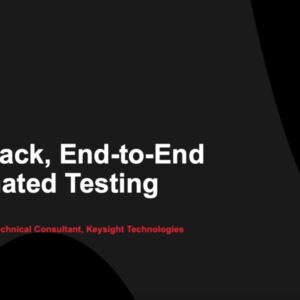
AVAILABLE NOW
Hackers are becoming increasingly sophisticated and calculated in the ways in which they deliver attacks upstream in the software supply chain. There are growing numbers of organized attackers whose sole focus is exploiting vulnerabilities in open source ecosystems, frequently by making their malware appear legitimate. What’s new is the intensity, volume, frequency, and severity of malicious attacks. The popularity of open source makes repositories the ideal watering hole attacks — poison the well and all who drink from it are impacted. Once malicious code gets into machines and build environments, it can end up in internal corporate networks and in the final product.
We must become ever more vigilant in our coding practices as we represent a clear red target with exponential cascading impacts. We need to be prepared for multiple permutations in the types of malicious targeting, whether on us as developers specifically, or upstream or downstream of us. Top that off with needing to still be aware of legacy software supply chain “exploits,” like Log4j where attackers prey on publicly disclosed open source vulnerabilities left unpatched in the wild. Your teams need to understand the changing landscape and help put developer-first security tools in place across an organization.
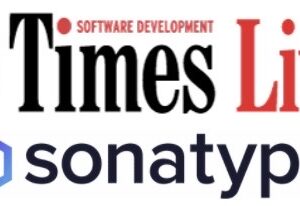
In the past, the CI/CD pipelines were simply a place to integrate code. Developers would write their code in GitHub, pass it through the pipeline, and then deploy it. However, with the emergence of shift left security and newer automation practices, the pipeline has become a much more critical piece of the software delivery lifecycle.
“The delivery of the software through the pipeline also has to be secure and compliant,” said Tim Johnson, Product Manager at DevOps solutions company CloudBees. “As well as what it is doing beyond just the simple CI aspect of it. So now you get into things like security and testing automation, software composition analysis, static analysis, dynamic analysis, and all other things that need to be done to get that software through.”
In this solutions guide, you will learn specifics about:
Download it today!

Defining a plan to improve developer security maturity is no easy task when you still have compliance requirements and release deadlines to meet. But it is a worthy one that will pay dividends in improved productivity and reduced risk.
In this guide, we explore the lessons learned from three real-life Secure Code Warrior customers so you can start to assemble a secure code training blueprint for your organization.
Discover:
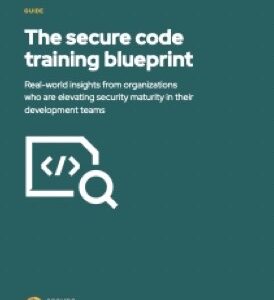
Modern development strategies employ different tactics to deliver code more quickly, from agile planning to cross-functional teams to ‘shift left’. Unit testing has an important role to play, accelerating cycle times by detecting regressions at the earliest possible stage. Since testing remains a significant bottleneck in most CI pipelines, the gains can be significant.
But the effort of writing and maintaining tests can offset the benefits: it’s not unusual for Java developers to spend up to 50% of their time working on unit tests instead of on value-adding code changes. And that still might not be enough to get good code coverage!
That’s why modern Java pipelines include integrated, AI-assisted coding that removes the effort from unit testing and accelerates development.
Join this webinar to learn:
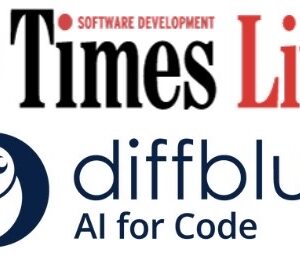
AVAILABLE NOW
Declarative pipelines provide a more modern, opinionated approach to pipeline creation and management. But what are they really? What benefit do they bring to your CI/CD processes?
Our three expert panelists discussed:
Watch the webinar on demand any time!

